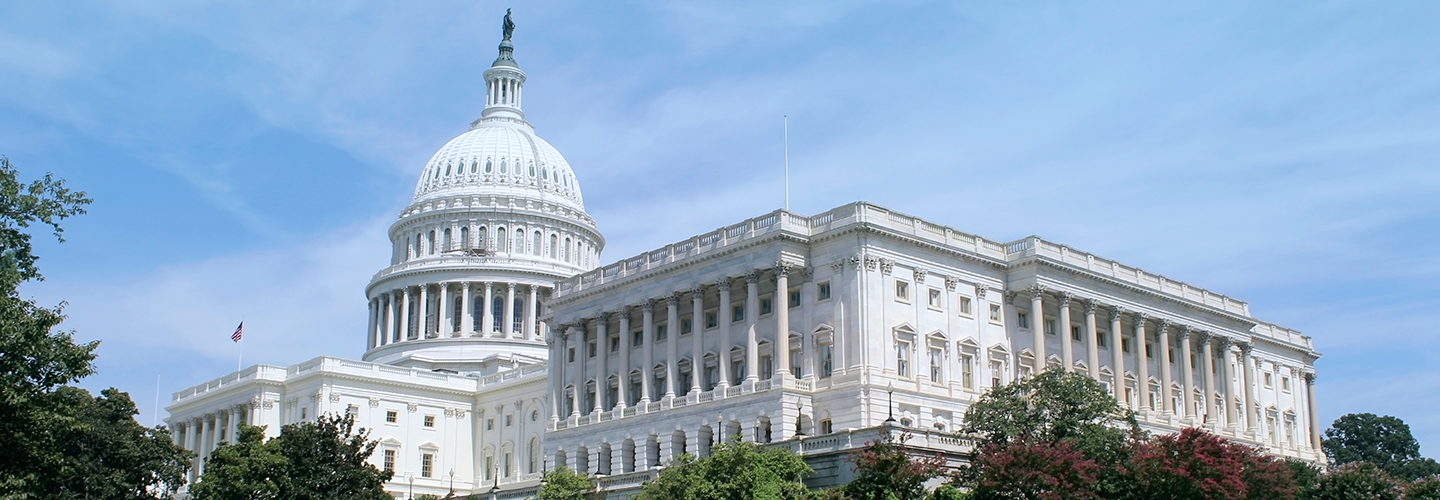
BIOtech Now
Ken Lisaius

On Tuesday, the Senate Committee on Health, Education, Labor, and Pensions will hold its third hearing on the nation’s drug cost ecosystem. The focus of this latest hearing is a drug pricing report released by the National Academies of Sciences, Engineering, and Medicine (NAS). While the report provides some helpful ideas for improving the affordability of prescription medicines, it also suffers from some serious flaws.
For example, it fails to recognize a dramatically lower trend in prescription drug costs and fails to fully appreciate the role of other actors within the drug supply chain. Finally, it does not offer a consensus approach for ensuring prescription medicines are accessible and affordable. Michael Rosenblatt and the late Henri Termeer both participated in the NAS study, but noted in their dissenting views:
“We believe that the committee’s recommendations, if actually implemented, will lead to unintended consequences that will damage the health of people in the United States and damage the health of an industry whose innovations are essential to addressing unmet medical needs in the future.”
Indeed, some of the ideas put forward by NAS have been around for years, such as importing drugs from foreign countries and allowing government interference in Medicare drug prices. But these policies have been rejected on a bipartisan basis because of the harm they would impose on patients and innovation.
The Biotechnology Innovation Organization (BIO) welcomes the continued discussion around prescription drug costs. To help facilitate a robust debate, here are five areas senators should consider addressing during this important hearing.
- Drug Costs. The Centers for Medicare and Medicaid Services (CMS) announced just last week that national spending on retail drugs increased by only 1.3% in 2016, well below spending on hospitals (4.7 percent), physicians and clinical services (5.4 percent) and private health insurance (5.1 percent). Roughly 14% of all health care dollars go toward prescription drugs, which is similar to other developed countries like Germany (13%), France (13%) and Canada (14%). Meanwhile, Altarum Institute reports that drug prices increased by only 1.4% over the last year — before factoring in manufacturers rebates and discounts. Data from Prime Therapeutics shows negative growth in net prices for drugs for both government and private payers. Based on these facts from nonpartisan experts, aren’t drug costs heading in the right direction?
- Biopharmaceutical innovation. Approximately 57% of new drugs are developed in the United States. It’s a remarkable feat considering 90% of all clinical trials fail, which helps explain why 90% of biotech companies are not profitable. At the center of this remarkable innovation are small businesses, who are responsible for 70% of worldwide clinical trials. Our country’s leadership in biomedical innovation is also a testament to the tremendous private-sector investment in the search for new medicines. In fact, global private-sector spending on drug research and development reached $150 billion in 2015. If we abandon market-based policies that reward innovation, won’t we harm small businesses and the ability to provide patients new cures and therapies?
- Price transparency. All consumers should have the information they need to make smart health care decisions. Unfortunately, many of the transparency proposals being discussed are fundamentally flawed. For starters, they would force private companies to disclose proprietary, competitively-sensitive information that would harm competition and consumers. Also, these proposals won’t help patients make the right decisions about health care spending, like what medicines are covered by a plan or what the out-of-pocket costs may be. Finally, they would do nothing to shine light on insurers shifting more prescription drug costs onto patients, or help determine if pharmacy benefits managers (PBMs) pass the benefits of manufacturer discounts and rebates along to consumers. Shouldn’t transparency apply to all actors in the drug supply chain?
- Drug importation. Experts have warned for years that adopting a drug importation scheme would allow counterfeit or adulterated drugs to flow into our communities. Former FBI Director Louis Freeh has said that drug importation would strain law enforcement resources, undermine patient safety and make the opioid epidemic worse. The National Sheriffs Association largely agrees, and four former FDA commissioners (who served both Republican and Democrat administrations) oppose importation because of the risks to patients. But is it worth the risk? Not according to the Congressional Budget Office, which has said importation will produce little to no actual savings for patients. If drug importation jeopardizes patient safety and won’t lower costs, is it a risk worth taking?
- Direct negotiation in Medicare. Seniors deserve access to affordable medicines, and that’s precisely why Congress created the Medicare prescription drug program (Part D). By almost every measure the program has been a success, costing $349 billion less that originally projected and often providing access to drugs at lower costs than the private market. Although 90% of seniors are satisfied with the program, some want the federal government to interfere in Medicare drug prices. More than 200 patient-advocacy groups have urged Congress to reject this idea, because it could “jeopardize beneficiaries access to comprehensive, affordable prescription drug coverage.” Should Congress ignore the concerns of patient advocates and undermine a program that’s working well for seniors and taxpayers?
Powered by WPeMatico

